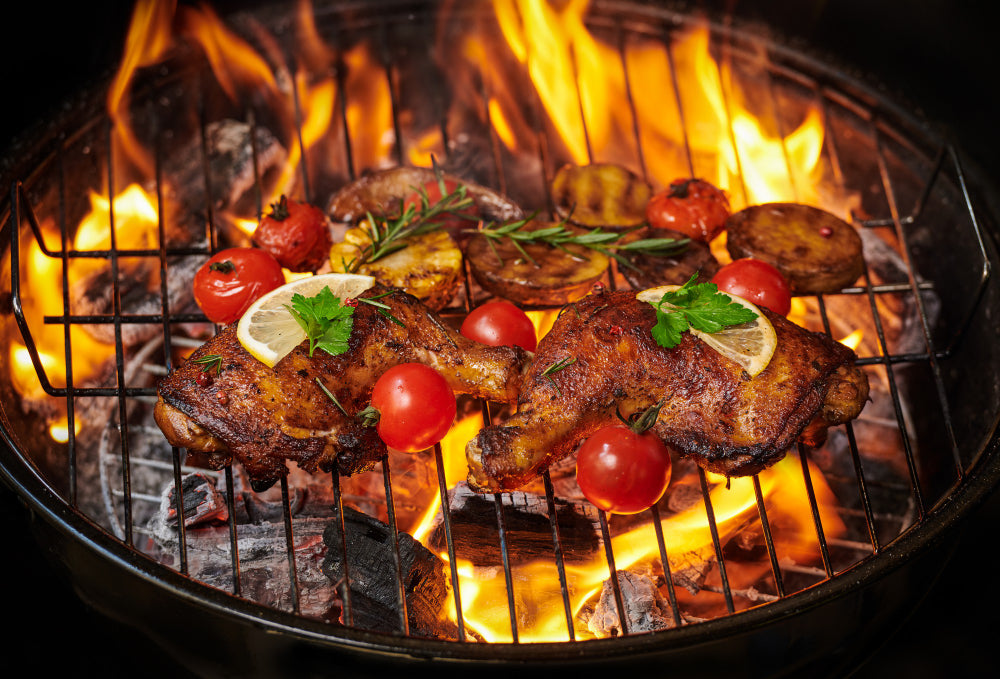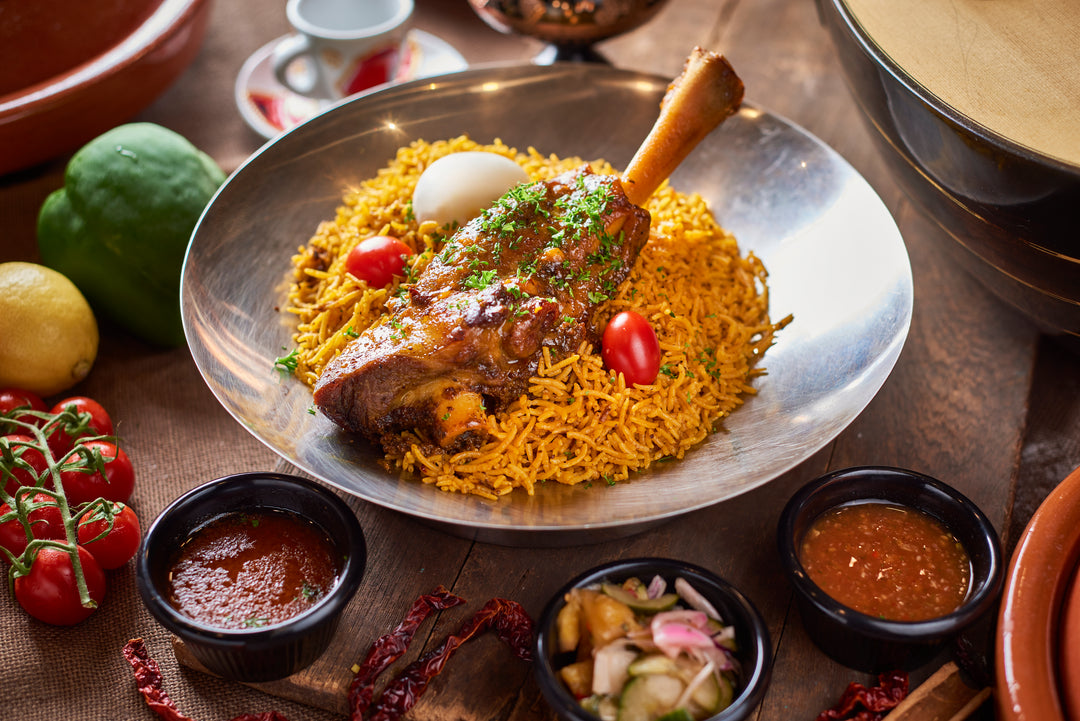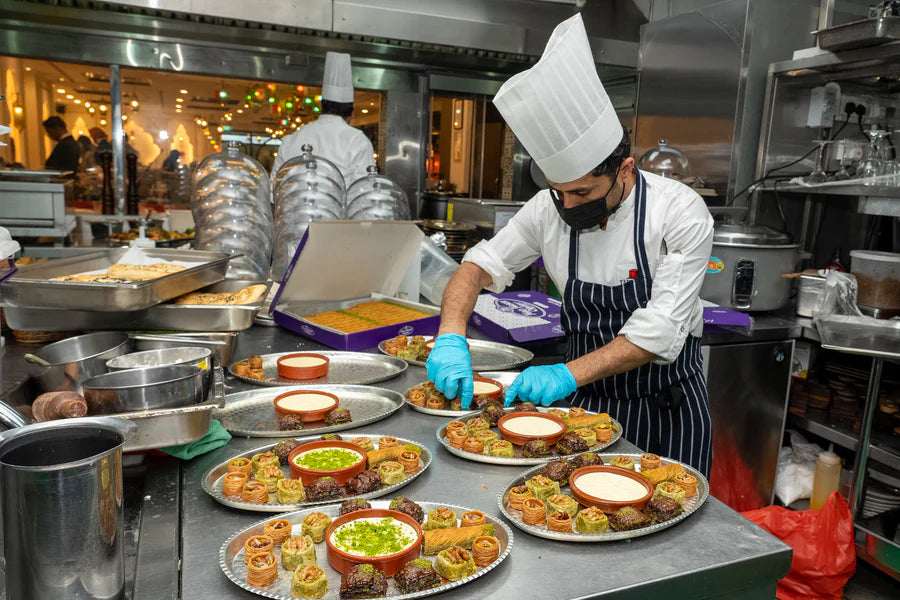Cooking Techniques and Recipes: A Taste of the Middle East

Mastering Middle Eastern cuisine involves more than just knowing the right ingredients. It’s about understanding the art of cooking techniques that preserve flavors and enhance textures. Let’s delve into the culinary secrets that bring Middle Eastern dishes to life.
Core Cooking Techniques
- Grilling: A cornerstone of Middle Eastern cuisine, grilling imparts a smoky flavor to meats, poultry, and vegetables. From succulent kebabs to charred eggplant, grilling is a versatile technique that highlights the natural flavors of ingredients.
- Roasting: Whether it’s tender lamb, roasted chickpeas, or roasted vegetables, this cooking method concentrates flavors and creates caramelized goodness.
- Stewing: Slow-cooked stews are a hallmark of Middle Eastern comfort food. The gentle simmering of meats, vegetables, and spices in aromatic broths results in tender and flavorful dishes.
- Baking: From flaky pastries to hearty bread, baking is an essential technique in Middle Eastern cuisine. The combination of heat and time creates delicious textures and golden-brown crusts.
- Frying: While often perceived as unhealthy, deep-frying is used judiciously in Middle Eastern cuisine to create crispy and flavorful treats like falafel and sambusak.
Essential Sauces and Dressings
No Middle Eastern meal is complete without a selection of flavorful sauces and dressings. These condiments add depth, complexity, and balance to dishes.
- Hummus: A creamy and versatile dip made from chickpeas, tahini, lemon juice, and garlic.
- Baba ghanoush: A smoky eggplant dip with a rich and creamy texture.
- Tahini: A sesame seed paste that serves as a base for many sauces and dips.
- Yogurt sauce: A tangy and refreshing sauce made from yogurt, cucumber, and mint.
- Harissa: A spicy chili paste that adds heat and complexity to dishes.
Must-Try Middle Eastern Recipes
- Classic Falafel: Learn to make crispy and flavorful falafel from scratch, perfect for sandwiches, salads, or as a main course.
- Fragrant Lamb Tagine: Discover the art of slow-cooking a tender and aromatic lamb tagine filled with vegetables and spices.
- Creamy Hummus: Master the technique of making homemade hummus with the perfect balance of flavors.
- Flaky Baklava: Indulge in the sweetness of this iconic dessert, layered with phyllo pastry, chopped nuts, and honey-based syrup.
- Refreshing Tabbouleh: Create a light and refreshing salad with bulgur, fresh herbs, tomatoes, and a tangy lemon dressing.
Meal Planning and Preparation
Incorporating Middle Eastern cuisine into your weekly meal plan is easier than you might think. Here are some tips:
- Batch cooking: Prepare large quantities of grains, legumes, and sauces to save time during the week.
- Meal prepping: Assemble ingredients for salads, sandwiches, or grain bowls in advance.
- Leftover magic: Repurpose leftovers into new dishes, such as using leftover roasted vegetables in a frittata or adding cooked chickpeas to salads.
- Experiment with flavors: Don't be afraid to experiment with different spice combinations and ingredients.
By mastering these cooking techniques, exploring a variety of recipes, and incorporating meal-planning strategies, you can fully embrace the vibrant and flavorful world of Middle Eastern cuisine.









